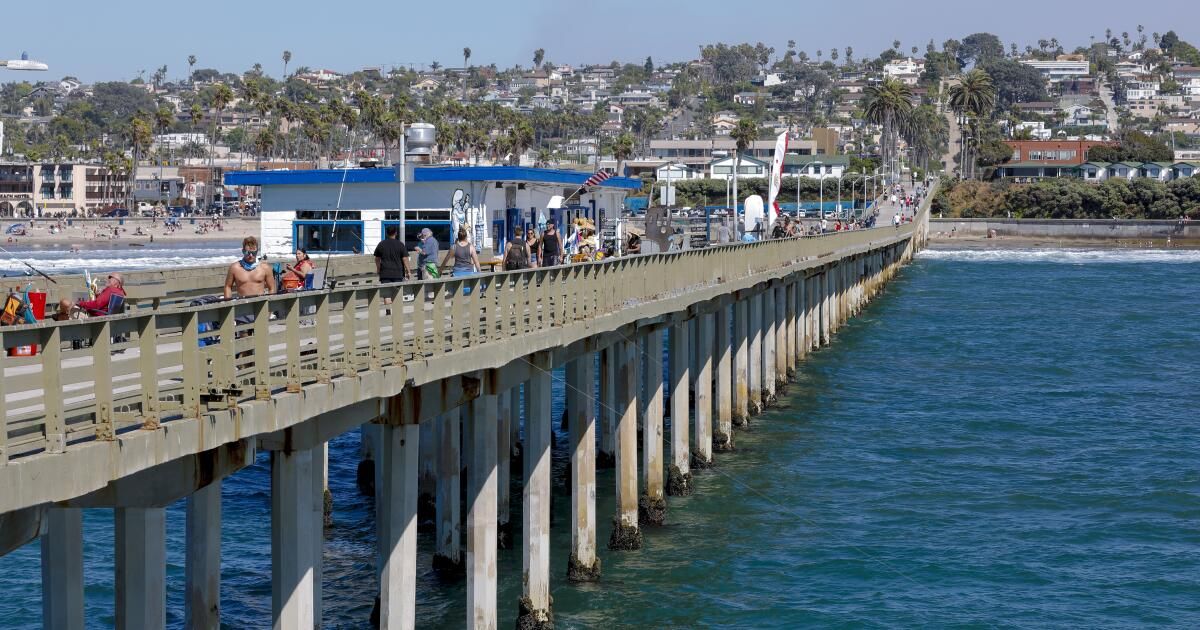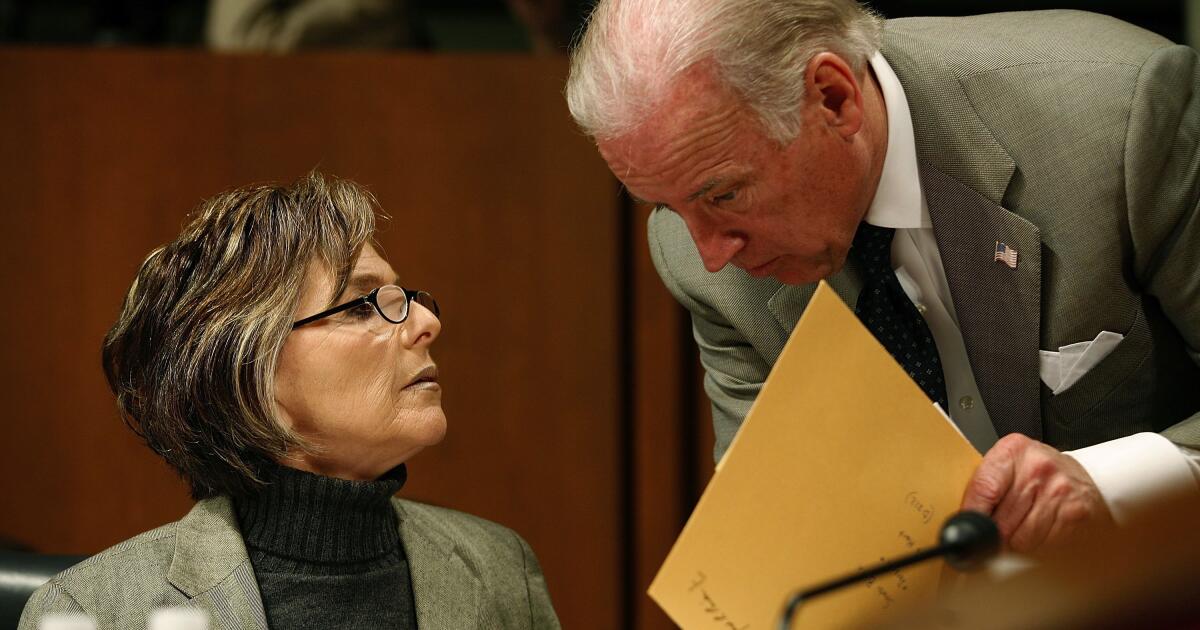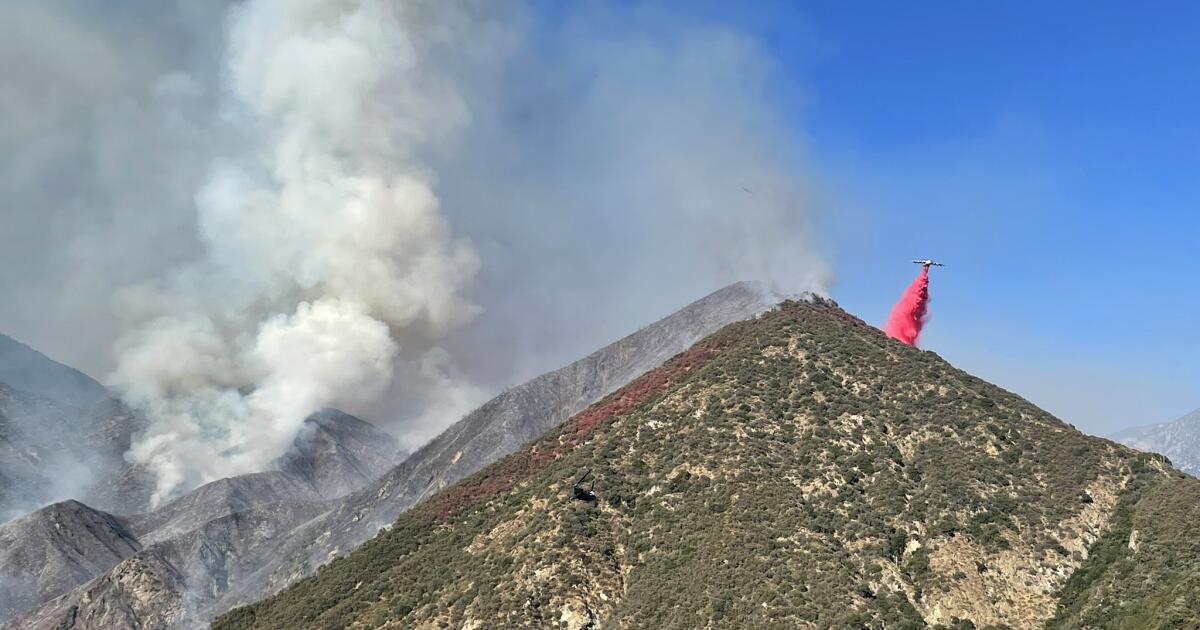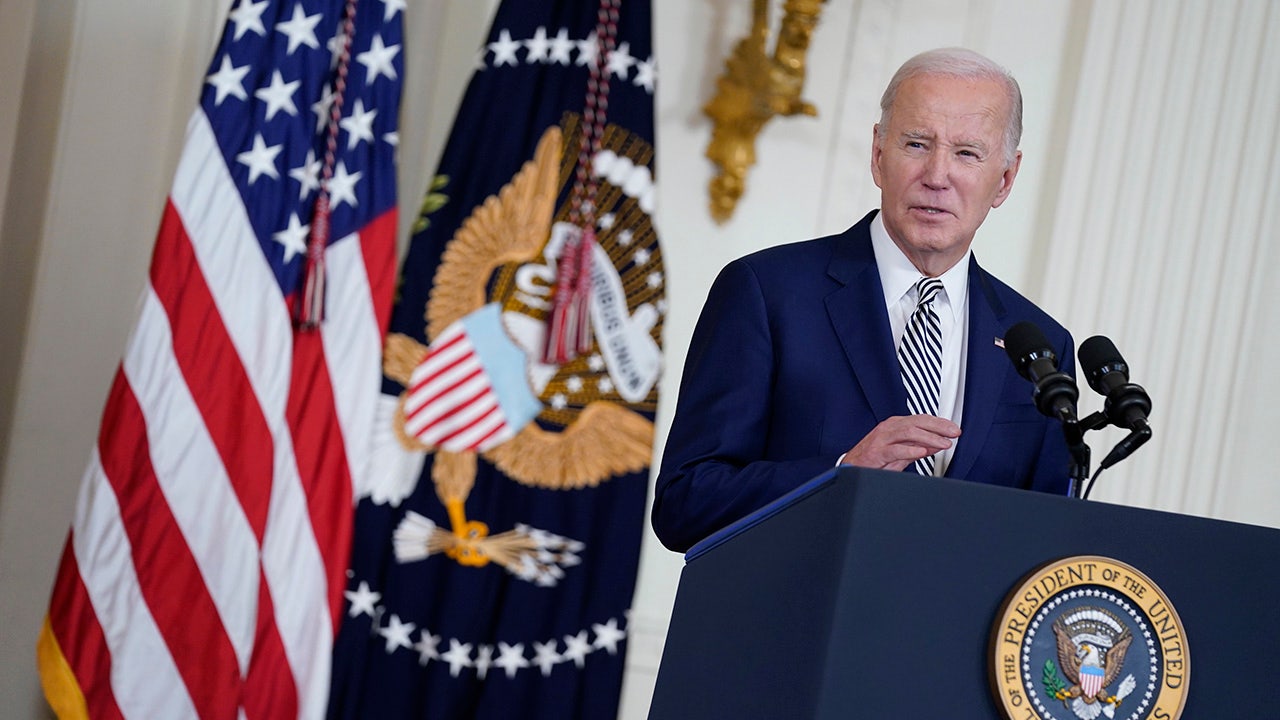It appears to be the end of an era for a crumbling Ocean Beach icon. The city's 58-year-old pier will not reopen, after an engineer's report determined that stabilizing recent damage would be too costly.
Instead, the city will continue to move forward with its efforts to reimagine the long-term future of the pier and, hopefully, replace it.
“Due to the overall cost, schedule and feasibility of [stabilization] “Given the lack of options, the city has decided to leave the pier as is,” city officials said in a news release Friday.
The Ocean Beach Pier was closed in October in anticipation of winter storms, but unlike in previous years, the beloved landmark did not reopen in the spring after a season battered by rough waves.
City staff expedited a long-planned assessment of the pier and posted new signs in the area, reiterating warnings to swimmers and surfers to maintain distance — at least 75 feet.
The engineer's report confirmed what many had seen: a piling on the south side of the old structure, as well as part of the piling cap and large sections of its railing, had been washed away by historic storm surge.
The city received the final memo Thursday from consultants Moffatt & Nichol, who estimated the cost to stabilize the missing pile and reinforce another corroded pile on the north side of the pier would be about $550,000.
San Diego has already spent $1.7 million on temporary pier repairs over the past five years, not including staff time and other resources.
The indefinite closure of the pier may not come as a surprise to most.
City officials have been working for more than a year on a renovation project for the iconic landmark, after a 2018 study determined it was nearing the end of its useful life. The plan is not yet certain, but both the community and the city prefer to replace the pier rather than undertake major repairs.
Worsening winter storms and more frequent closures have increased the urgency of the project. The city released its preferred design concept for a new pier in April, and its project team is working to get more input from the public.
City officials had previously said any structural improvements would be more of a Band-Aid until the renovation project can move forward. Now they say they will drop the Band-Aid and focus on the longer-term solution of replacing the pier entirely.
The new engineer's report echoed those sentiments, recommending that the pier remain closed unless the lost piling could be replaced and full deck support restored.
“Undertaking this repair is an expensive proposition and may not have sufficient merit in light of the proposed demolition of the pier,” the report states.
While the report indicates that future storms could cause more damage — even more severe than last winter — any falling debris is expected to land near the pier on the ocean floor because of the density of the concrete pieces.
Because the failed sections are so far from shore, the report found there is no threat to public safety if the pier remains closed and the public stays at least 75 feet away.
Areas of greatest concern — below the dock on dry land or over relatively shallow water, due to the difficulty of restricting public access — are in good condition because deck components are raised and out of the splash zone, the report added.
The city hopes to present an updated final design concept for a replacement pier this fall at another community workshop. But the project still needs to go through environmental assessments and permits before construction can begin.
Demolition and construction will take place simultaneously, likely beginning where the pier connects to land, according to city officials.
The new pier will be built on roughly the same footprint as the existing pier, but will have a higher deck elevation to minimize potential wave damage and account for future sea level rise.
The replacement is estimated to cost between $170 million and $190 million. The city plans to seek a combination of federal and state grants to help fund it.
Alvarenga writes for the San Diego-Union Tribune.











